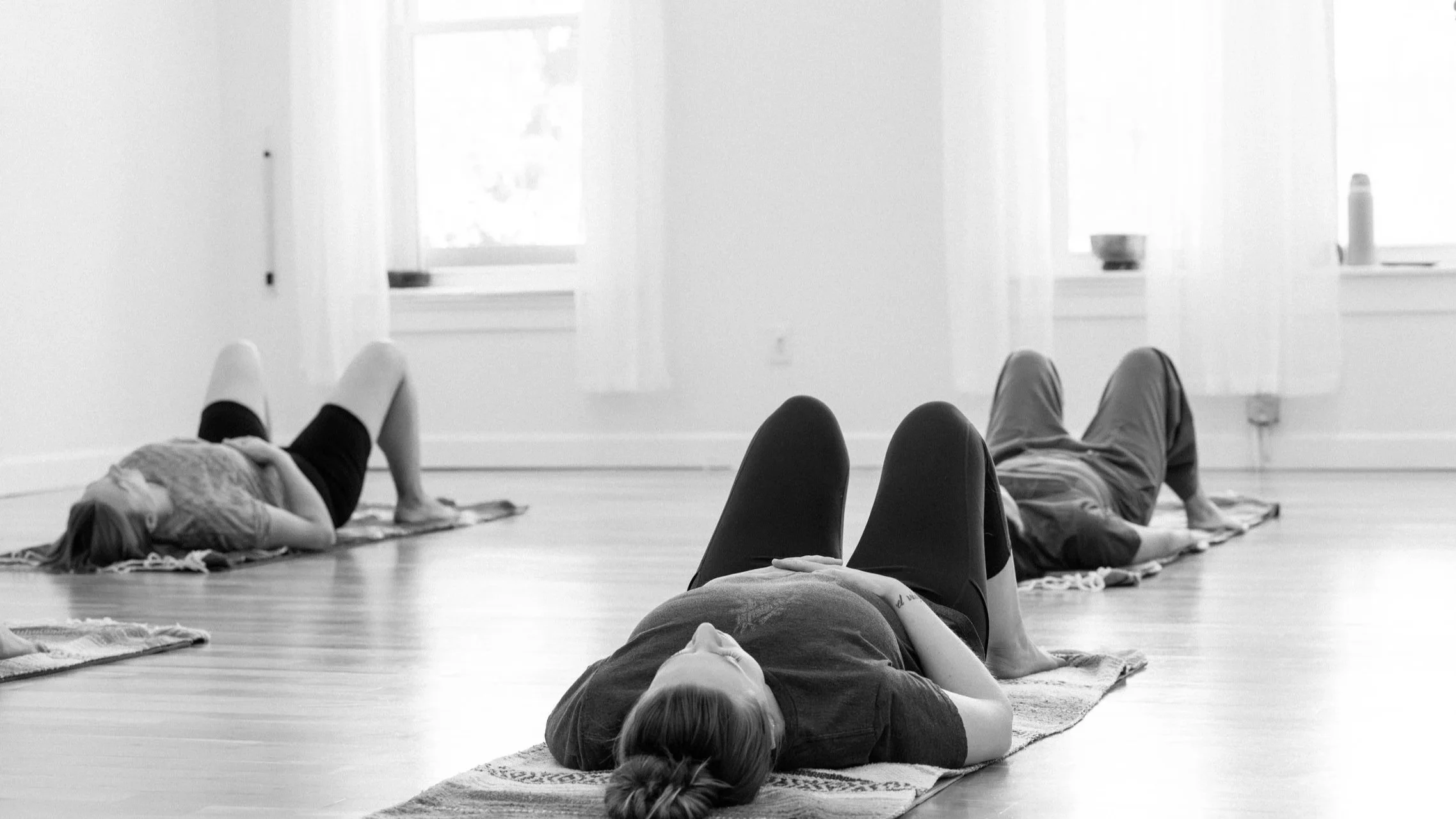
Frequently asked questions.
What is Somatic Movement Education?
Thomas Hanna is the father of modern Somatic Movement Education. Hanna developed a series of movements that release habituated patterns of tension in the body. These movements and sensing the internal sensation of the movements help people move more freely.
Who is Thomas Hanna?
Thomas Hanna, Ph.D. was a philosopher who became a Functional Integration practitioner. Hanna was a student of Moshe Feldenkrais (a pioneer in the field of Somatics.) At the University of Florida, Hanna studied neurology. He believed that all life experiences lead to physical patterns in the body. He developed Hanna Somatic Education or Hanna Somatics. He taught that pain and tension in the body is due to what he called Sensory Motor Amnesia (SMA). He described SMA as the loss of awareness and voluntary control over certain muscles. He believed SMA was often due to habitual movement patterns and/or injury.
What can I expect in a Somatic Movement Class?
Gentle-the movements are slow. We use pandiculation. Pandiculation is a technique where you contract muscles and slowly release the muscles to relieve tension.
Quiet-there is no music and your teacher will calmly guide you through the movements. During most of the class you will have your eyes closed so you can focus on sensing your internal experience.
Sensing-as you move through the pandiculation your work is to sense what is happening in your body.
What if I have physical limitations?
The beautiful thing about Somatic Movement is that it is a gentle practice that is accessible to everyone. That being said, if you have problems getting down on the floor I would schedule a private session before joining a group class. Most group classes will be on the floor. In a private session we can be more flexible and sit in a chair or lie on my somatics table.
What should I wear?
Loose fitted, comfortable clothes that are easy to move in.
